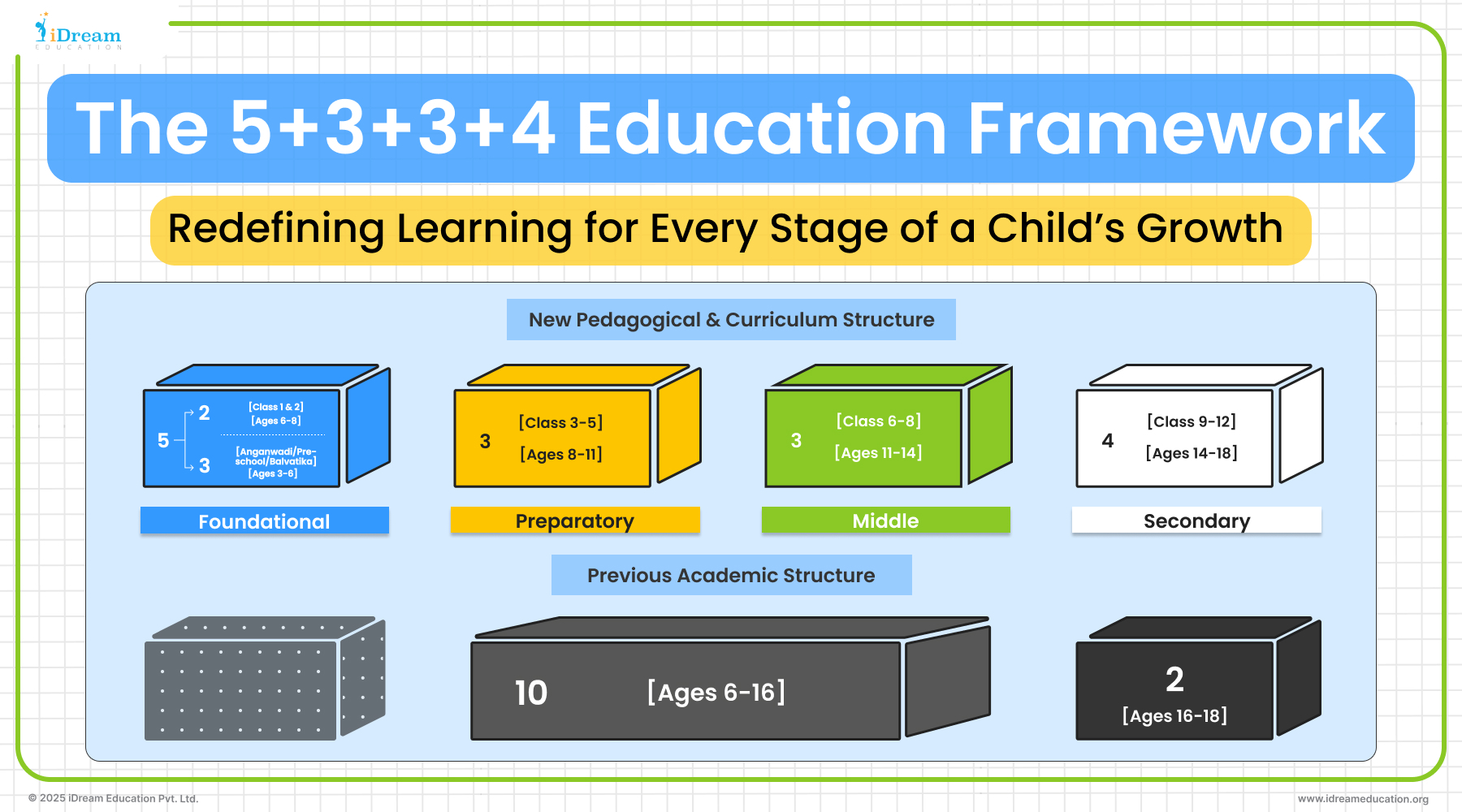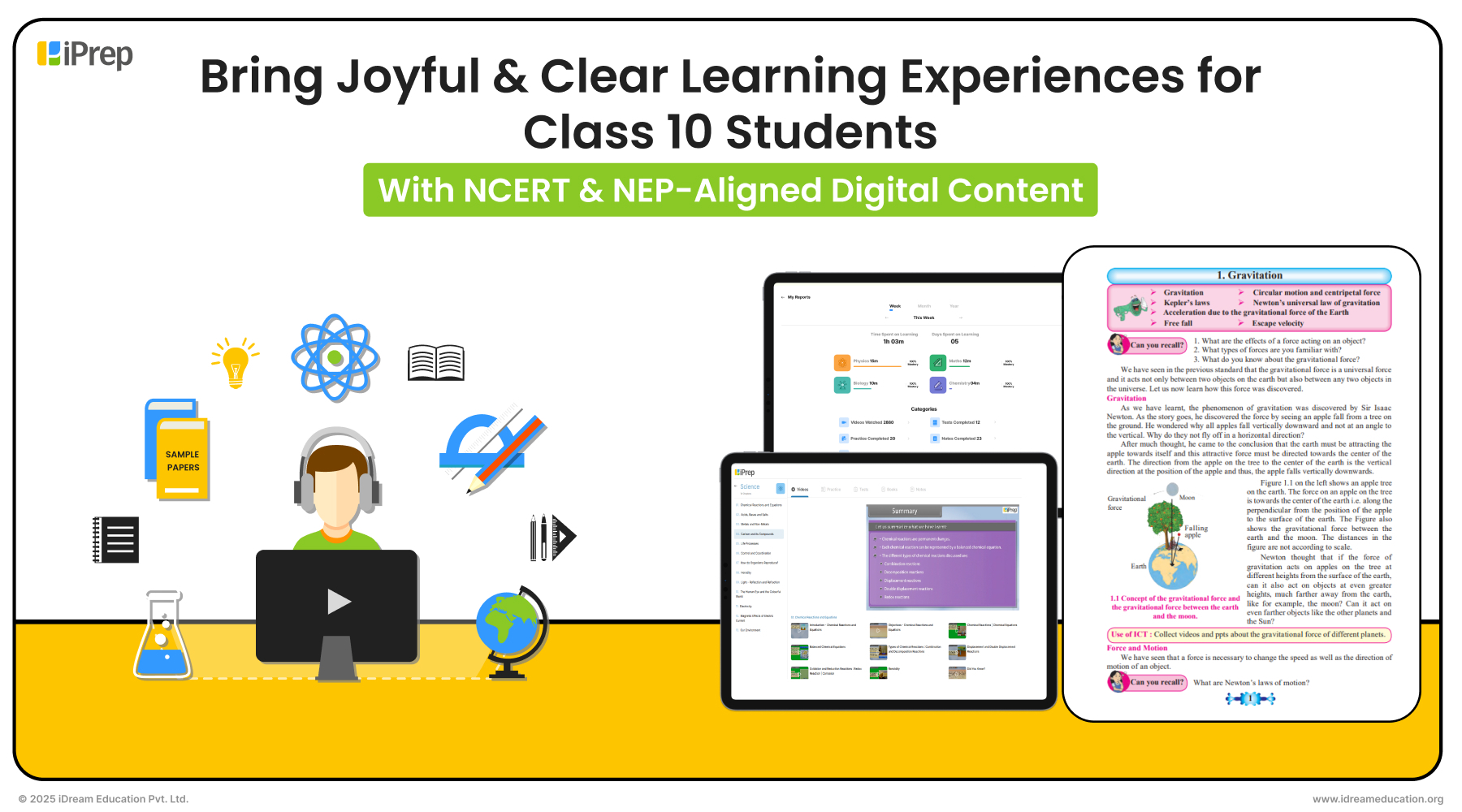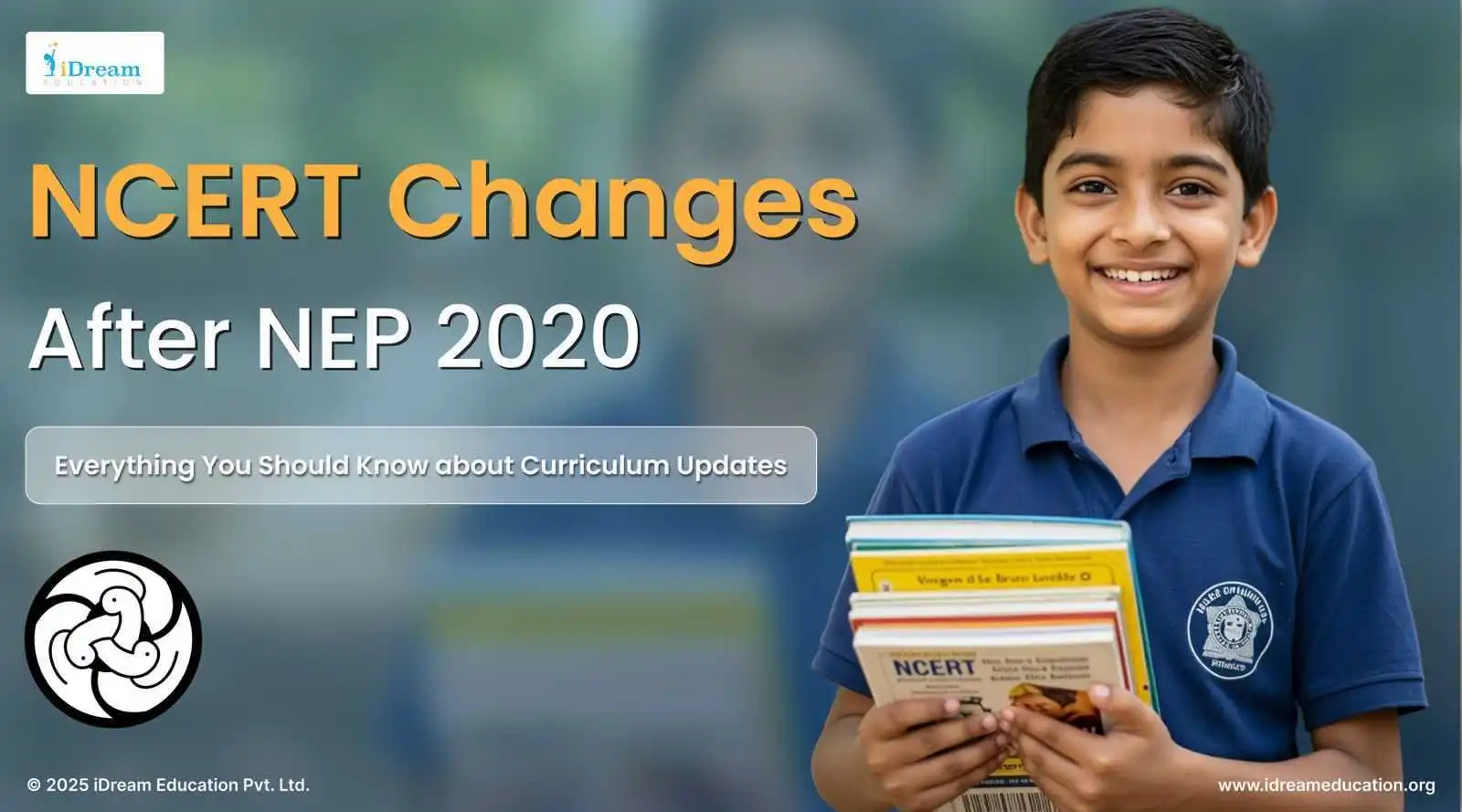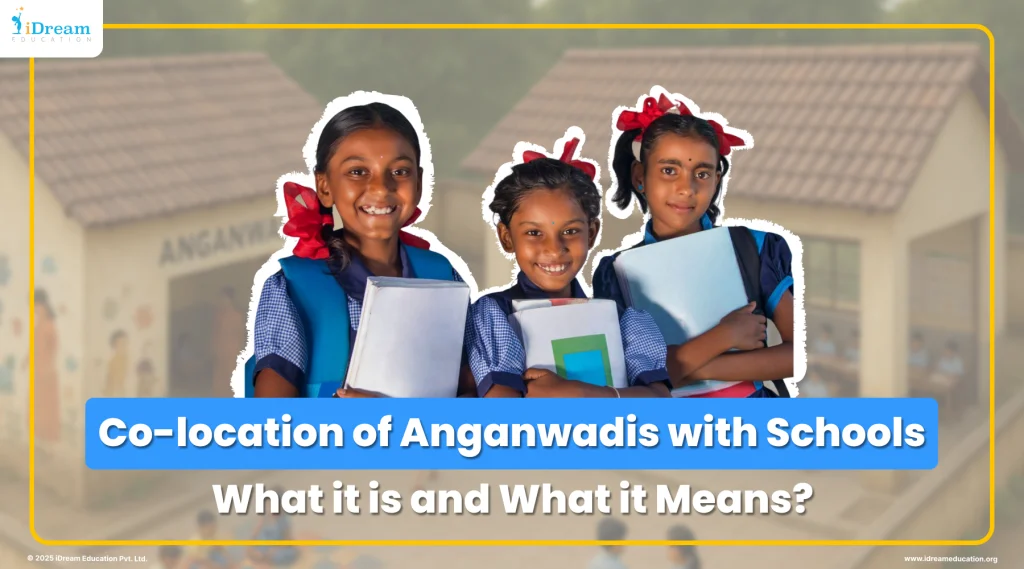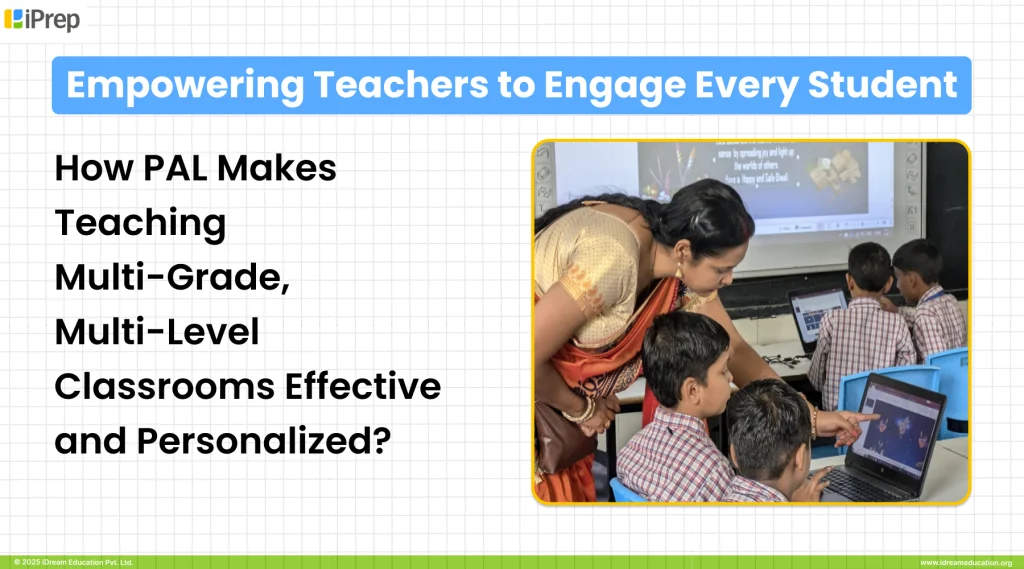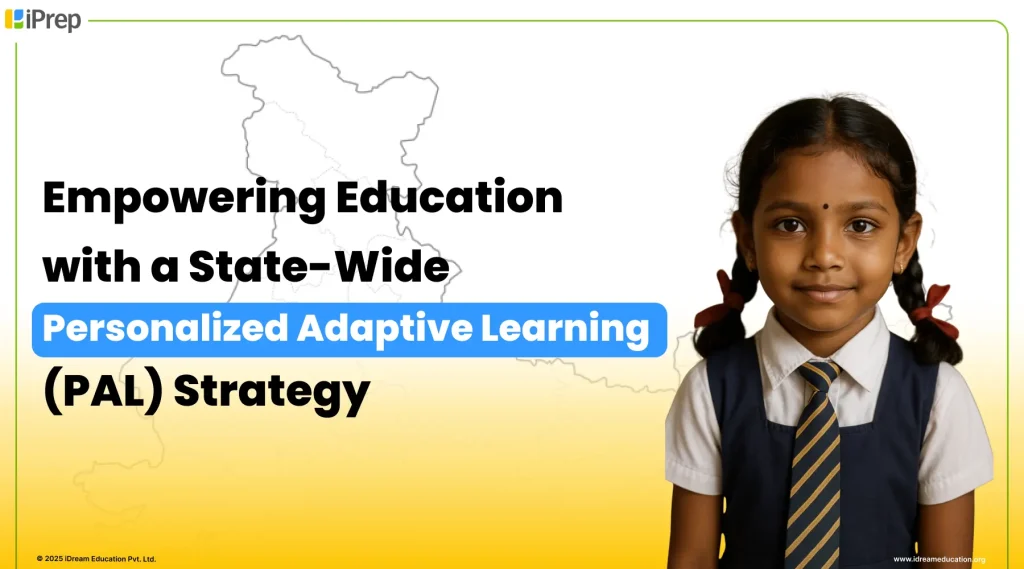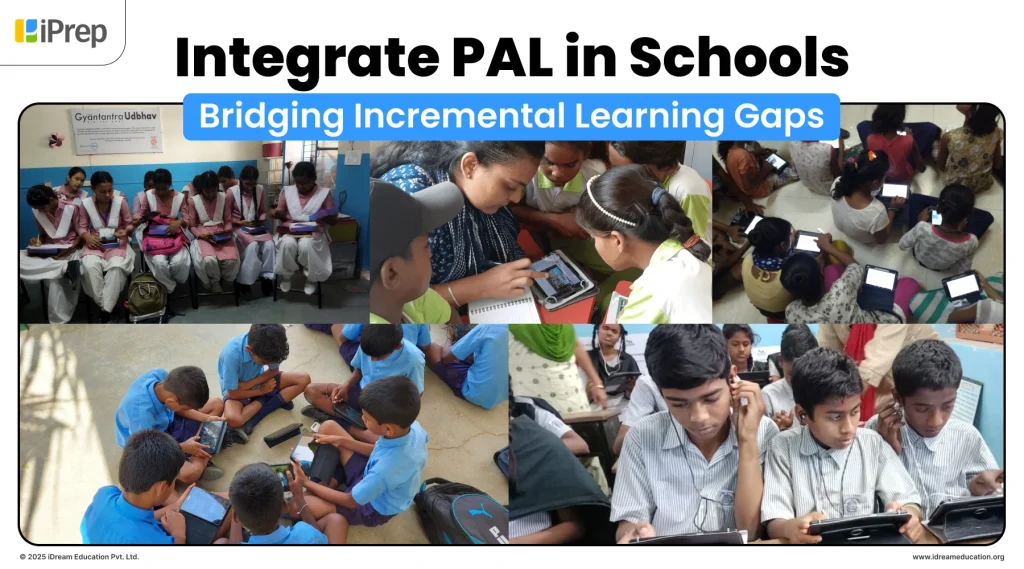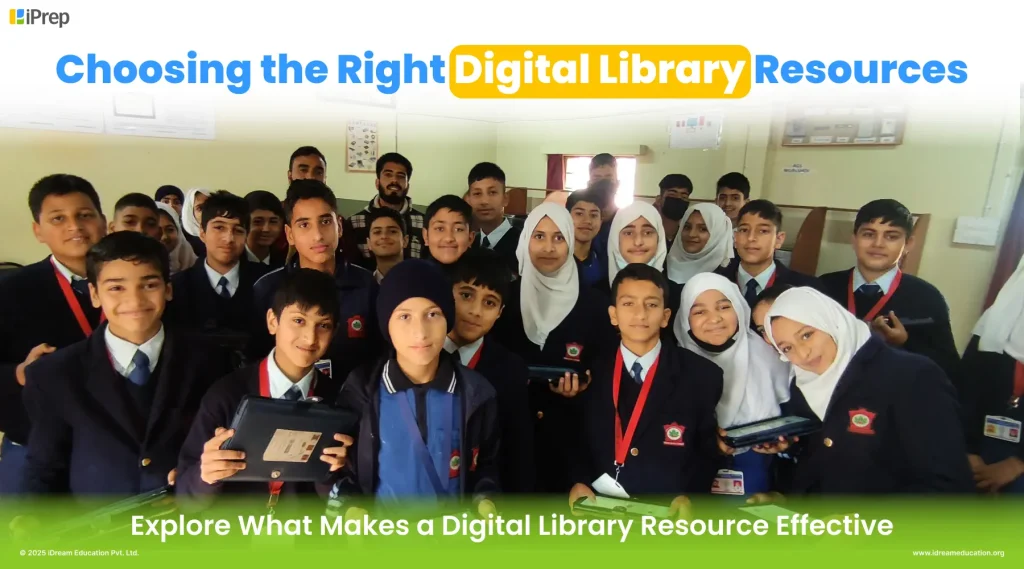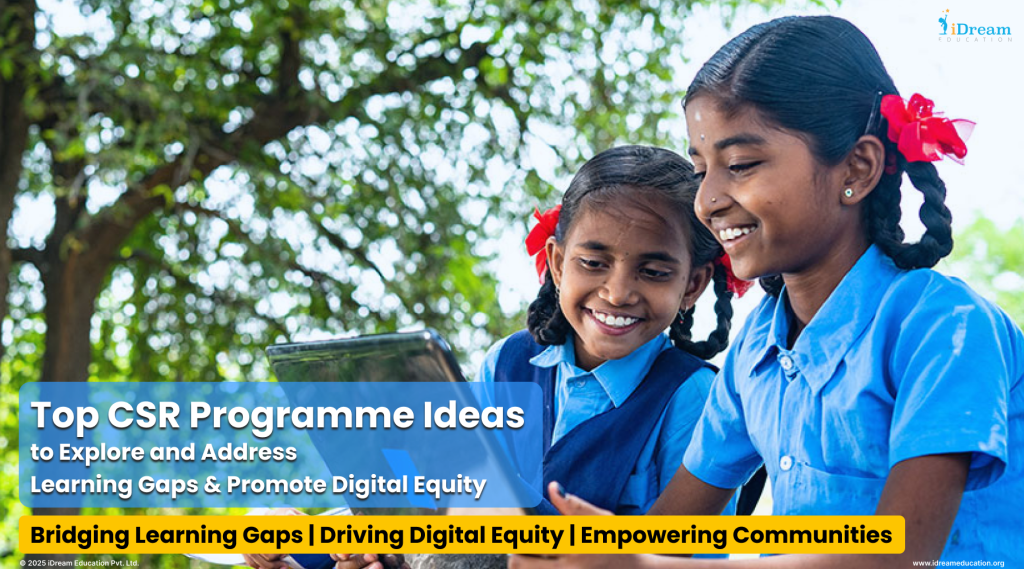Behind the growing buzz around impact in education lies a rising wave of Impact Assessment Vendors in Education—let’s explore what’s driving their growth, the challenges they face, and what you should know before choosing one.
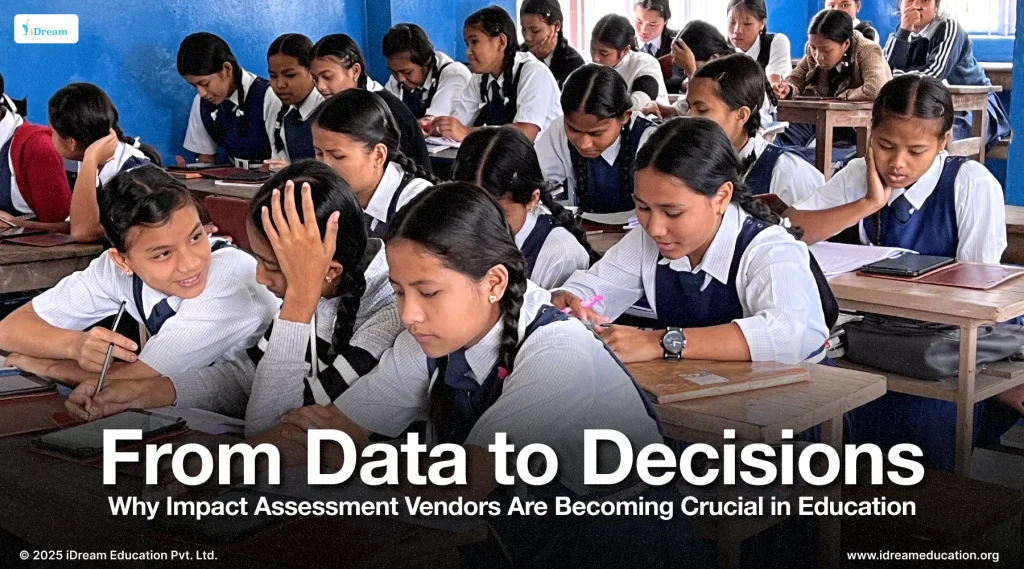
Over the past decade, India’s school education system has seen a wave of transformative changes. From curriculum changes under the National Education Policy (NEP) 2020, to digitisation of learning, infrastructure upgrades, and increased funding through government, NGO, and CSR channels. In fact, the collective education ecosystem is putting its best foot forward.
Schools are increasingly seeking context-specific content, aiming to close learning gaps and reach grade-level competencies. Technology-led tools, smart classrooms, teacher training, and innovative pedagogies are being implemented across the country. Yet, despite all these efforts, one uncomfortable truth persists: learning outcomes remain limited.
While we speak often of implementation, scale, and innovation, there’s comparatively little focus on tracking progress, measuring effectiveness, or understanding what’s actually working in classrooms. This lack of continuous, data-driven feedback has left a crucial gap in the system.
And this is where we see the rise of impact assessment vendors in education. Organisations dedicated to evaluating what really changes in learning when programs are implemented. Much like salt in a dish, their role might not always be visible, but it’s absolutely essential. Without credible, contextual, and timely assessment, even the most well-intentioned education initiatives risk losing their purpose and direction.
NEP 2020 Has Also Accelerated the Need for Impact Assessment
In India, the rise of impact assessment in education isn’t just a global trend taking root — it’s a direct response to the ambitious vision outlined in the National Education Policy (NEP) 2020. As NEP pushes for a fundamental shift from input-based to outcome-based education, the need for credible, data-driven insights into “what’s working” on the ground has become urgent.
NEP 2020 focuses on goals such as:
- Foundational literacy and numeracy by Grade 3 (NIPUN Bharat)
- Competency-based learning and formative assessment
- Equity and inclusion across diverse learner groups
- Use of technology for better learning outcomes
- Vocational integration and 21st-century skill-building
But these goals cannot be tracked through traditional means alone. This is where impact assessment vendors in education are stepping in. They are helping governments, NGOs, CSR arms, and other organizations in the education ecosystem to move beyond anecdotal evidence to measuring real, learning-linked outcomes.
The trends Highlights a Clear Shift from Monitoring to Measurement
Traditionally, educational programs in India were often judged by outputs: how many tablets were distributed, how many sessions conducted, or how many teachers trained. Today, the focus is shifting to actual impact on learners — are students reading with comprehension? Are they applying mathematical concepts? Are teachers changing their classroom practices?
This evolution is giving rise to:
- Baseline and endline assessments across government and NGO/CSR initiatives
- Third-party evaluations for CSR-funded programs to ensure accountability
- State-level partnerships where vendors design contextualised learning measurement tools
- Integration of real-time dashboards and learning analytics for adaptive feedback loops
With government programs such as Samagra Shiksha, PM SHRI, and district-level FLN missions, there is a growing demand for independent assessment partners who can deliver actionable insights that go beyond basic reporting. At the same time, CSR initiatives increasingly seek to co-create programs that not only focus on implementation but also integrate impact assessment from the ground up.
Key Opportunities to Explore with Impact Assessment Vendors in Education
Impact Assessment Vendors in Education are no longer just evaluators. They are becoming strategic partners in the end-to-end implementation of digital learning programs, right from diagnosing learning gaps to measuring real learning outcomes. Here’s how you can unlock powerful opportunities by integrating them into the program lifecycle:
Co-Create a Digital Education Program Backed by Data
- The journey begins with a baseline assessment designed to capture students’ current learning levels. The assessment will not be of just their present grade, but also two levels below. This diagnostic approach helps establish a clear picture of foundational understanding, which is often the key to effective intervention.
- Based on this baseline, the right digital learning solution is selected. This could be Personalized Adaptive Learning (PAL) platform to bridge deep-rooted gaps or Smart Classroom tools to boost engagement and classroom instruction. Once implemented, monthly progress is monitored through a mix of teacher interactions, usage data, and real-time reporting dashboards.
- At the end of the academic cycle, a detailed Endline Assessment measures learning outcomes against the baseline. This comparison brings out the true impact of the intervention, offering data-driven insights to both funders and implementers and building a strong case for investing in need-based, measurable digital education programs.
Start with Baseline, End with Measurable Results
- Conducting a baseline and Endline assessment is another crucial first step for impact assessment. In this you first determine the exact needs of a learner group or school system. The digital solution is then chosen based on this insight — followed by continuous monitoring, including usage analytics, adoption tracking, and mid-cycle feedback loops. Finally, an endline assessment completes the loop with clear, comparable data to showcase what changed and improved.
Monthly Learning Assessments for Real-Time Insights
- Impact Assessment Vendors in Education can also enable monthly performance tracking to monitor incremental learning gains. Tools such as iPrep’s Clicker functionality, for example, offer interactive, in-class assessments using roll number–linked clicker devices. These are integrated with IFP panels (Interactive Flat Panels) where students respond to questions displayed onscreen. Responses are captured instantly via Bluetooth, and automated scorecards are generated for both students and teachers. This can enable micro-level progress tracking throughout the year.
Progress Mapping Through Comparative Assessments
- If baseline data exists, impact assessment vendors in education can conduct endline assessments to create a clear progress map over the academic year. These comparisons don’t just validate the effectiveness of a program, they also help implementers refine strategies midstream. Whether the project operates on a modest CSR budget or through large-scale government funding, the choice of solution can be guided by real learning needs, and measured with precision.
In essence, impact assessment Vendors in education are offering opportunities to help shift digital education efforts from hopeful implementation to strategic, results-driven transformation. By building in assessment at every stage, educational programs gain not just credibility, but also the flexibility to adapt and succeed at scale.
Now lets looks at some challenges that comes with Impact Assessment Vendors in Education
While the role of impact assessment vendors in education is undeniably valuable, engaging them comes with its own set of challenges. One of the significant points to note is some impact assessment vendors may stretch the budget and operational bandwidth of even well-intentioned programs. Let us guide to some more limitation you should be aware of when planning to integrate third-party impact assessments into their education initiatives:
Time-Consuming and Detail-Heavy
Impact assessments are not quick exercises. The process is multi-staged, and when done rigorously, it demands weeks (if not months) of planning, fieldwork, analysis, and reporting. In many cases, assessments tend to gather more data than necessary, which can overwhelm implementers and delay action on insights.
High Resource and Manpower Demands
From designing the framework to field execution, some impact assessment vendors may suggest the process that requires specialised personnel, researchers, data collectors, analysts, and coordinators. This often means diverting internal teams or hiring external experts, both of which can strain available capacity and increase dependency.
Cost Escalation
A full-scale impact assessment vendor may significantly increase the overall cost of the project. For CSR or NGO-led programs operating within strict budgets, allocating funds for assessment alongside implementation can sometimes feel like a trade-off.
Finding the Right Balance Between Rigor and Practicality
There’s always a tension between wanting a rigorous, scientific assessment and maintaining practicality and agility on the ground. Especially in the school ecosystem where time with students is limited and teachers are already stretched. Here, embedding assessments without disrupting regular learning is a constant balancing act.
In short, while impact assessment vendors in education are becoming critical partners in education enhancement, their choice and involvement must be strategically planned. When done right, the benefits are substantial but so are the investments required.
Not all impact assessment vendors are the same. Therefore, choosing the right one can make or break the success of your education initiative. The ideal partner should not only help you measure outcomes but also simplify the assessment process, enable real-time feedback, and align with your on-ground realities, including budget, geography, and infrastructure constraints.
Here are key factors to consider while selecting the right impact assessment vendor in education:
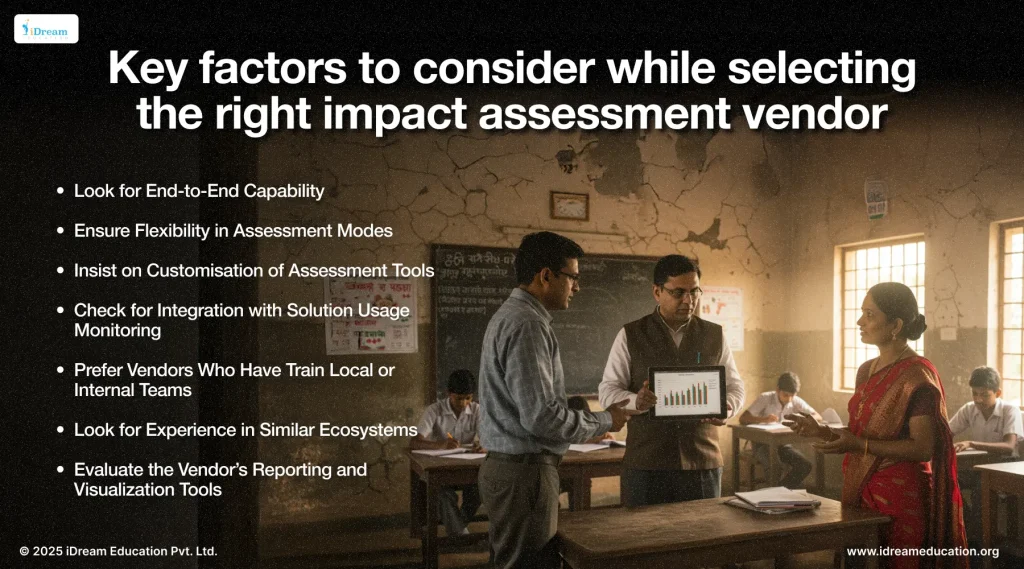
Look for End-to-End Capability
Choose an impact assessment vendor in education who can offer an end-to-end solution. This comprises baseline diagnostics to solution deployment, regular monitoring, and final impact measurement. This ensures your implementation and assessment are aligned from day one, reducing fragmentation and easing coordination across partners.
Ensure Flexibility in Assessment Modes
Every geography and context is different. Some schools may be ready for tablet-based assessments, while others might benefit more from clicker-based evaluations using Interactive Flat Panels (IFPs). The right impact assessment vendor will offer multiple modes and help you choose based on what works best in terms of cost, infrastructure, and ease of use.
Insist on Customisation of Assessment Tools
One-size-fits-all assessments don’t work in diverse education ecosystems such as India’s. Opt for an impact assessment in education that offers custom impact assessment design. This includes grade-level appropriateness, language options, competency mapping, and integration with the impact of your implemented solution. This ensures the results are meaningful and actionable.
Check for Integration with Solution Usage Monitoring
Impact isn’t just about learning outcomes at the end. It’s about continuous usage and adoption of the implemented solution. Choose an impact assessment vendor that can track engagement metrics (like usage time, adoption, module completion, and more.) to correlate adoption with outcomes and guide ongoing improvements.
Prefer Vendors Who Have Train Local or Internal Teams
Sustainability matters. Vendors who have trained on-ground teams not only reduce costs over time but also build local ownership of the process. This also helps ensure better data quality and consistency in execution.
Look for Experience in Similar Ecosystems
Choose an impact assessment vendor in education who has experience working with schools or geographies similar to yours. Whether that means government schools in rural areas, low-infrastructure contexts, or multilingual regions. They will be better equipped to anticipate challenges and design context-relevant solutions.
Evaluate the Vendor’s Reporting and Visualization Tools
Impact is only as good as how well it’s communicated. A good vendor will offer clear, easy-to-understand dashboards and reports that help you share results with stakeholders. Hence, look for visualizations that go beyond data dumps and tell a compelling story of change.
Closing Thoughts
The right impact assessment vendor in education should act as a true collaborator, not just a service provider. By aligning with your goals, your ground realities, and your preferred digital solution, they can help you generate insights that lead to measurable, scalable improvement in student learning outcomes.
Looking for the Right Impact Assessment Partner for Your Education Project?
We’d be happy to support you. You may reach out to us +91 7678265039. You can write to us at share@idreameducation.org or share your details here, and our team will get in touch. We’d be glad to walk you through our impact assessment process, share relevant case studies, and discuss how we can help you design a solution that delivers measurable outcomes.



